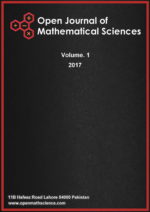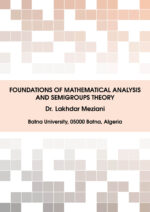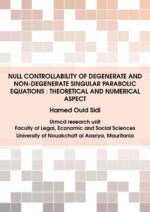Existence of solution a fractional differential equation
$$
D^{\alpha}u(t)=f(t,v(t),D^{\nu}v(t)),\quad t\in(0,T)$$
$$u(0)=0,\quad u(T)=au(\xi),$$
where \(1<\alpha<2\), \(\nu, a>0\), \(\xi\in (0,T)\), \(T^{\alpha-1}+a\xi^{\alpha-1}\neq0\). \(D\) is the standard Riemann-Liouville fractional derivative operator and \(f\in C([0,1]\times\mathbf{R}^{2},\mathbf{R})\). Applying the Leray-Schauder nonlinear alternative we prove the existence of at least one solution. As an application, we also given some examples to illustrate the results obtained.









